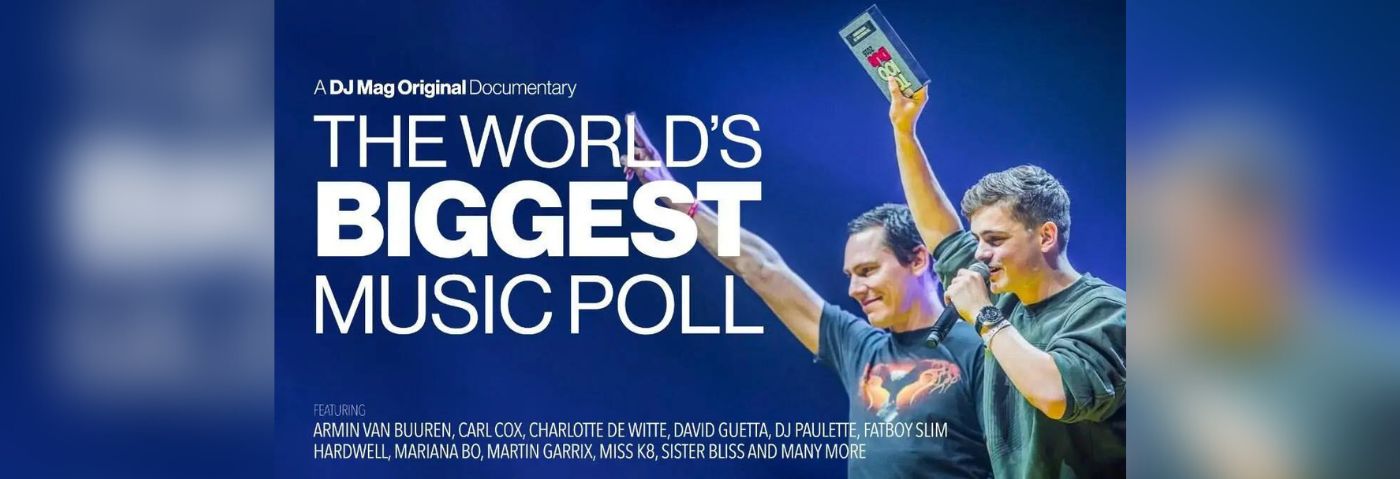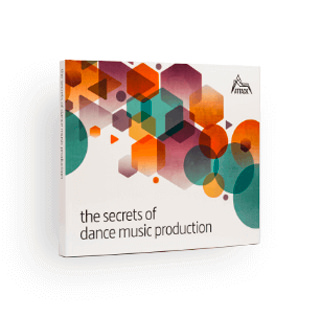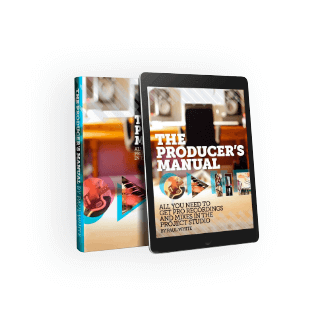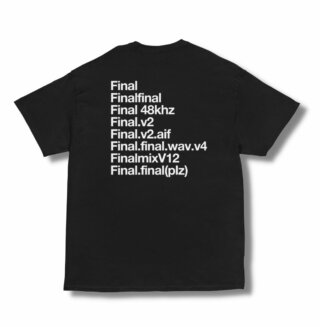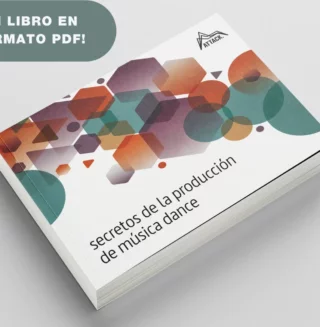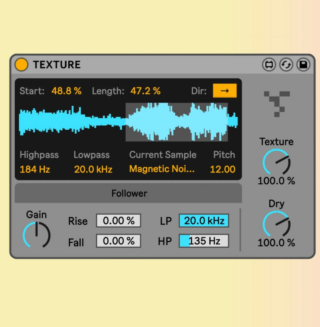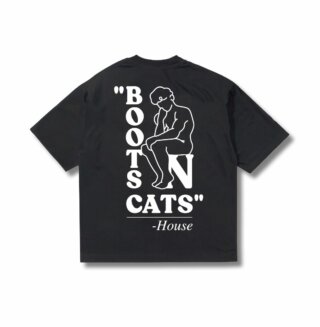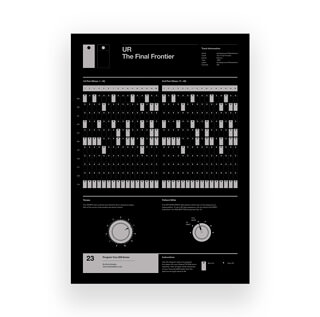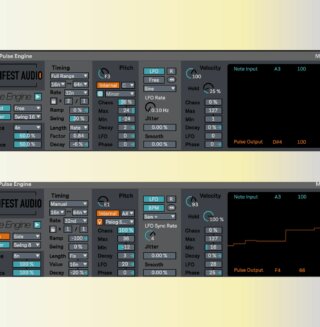DJ Mag’s new documentary, ‘Top 100 DJs: The World’s Biggest Music Poll‘, celebrates 30 years of the Top 100 Poll, its development, and its impact on dance music.
What does the DJ Mag Top 100 mean? What does it represent? It can mean different things to different people, but possibly the most telling contribution from the new film documenting its history was from Don Diablo: “If you’re not in it, it’s not important. If you’re in it, it’s important”.
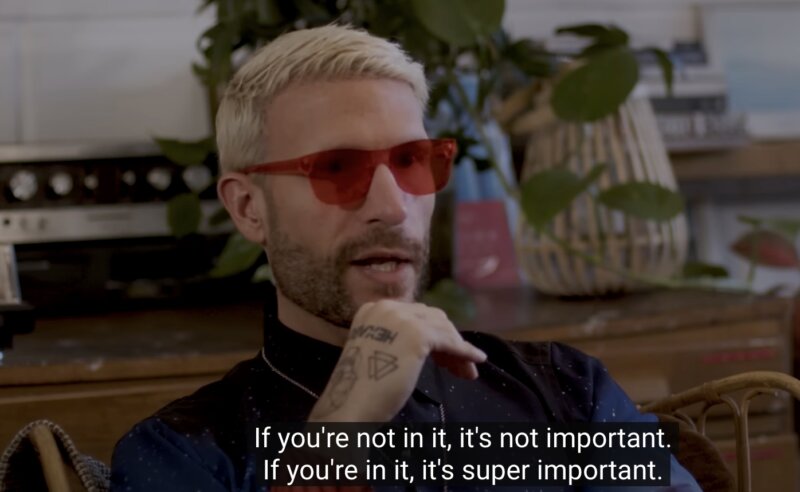
With dance music now bigger than ever, the time is right to recap the DJ Mag Top 100 story. Over a brief 47-minute run time, the most interesting aspect is the personal stories. There’s a well-watched clip of a teenage Hardwell expressing his desire to be top of the list. It feels genuine. Others weigh in, too; Carl Cox tells us it’s like ‘winning the Oscars’ and Armin Van Buuren admits it to being one of “the best days of his life.”
The discerning viewers could easily dismiss these sentiments as insincere. But let’s give their reminiscing the benefit of the doubt. Paul Van Dyk winning the award in 2005 seemed a bit lost for words, and this was before the awards moved to Amsterdam and were presented in front of thousands. It was a much much smaller affair in 2005.
As we run through the decades, director Liam Smith delicately joins the dots and gives us context. Whilst you have all the names of today as talking heads, Guetta, Aoki, Garrix, etc, there is also enough genuine heritage weighing in from DJ Paulette, Sister Bliss, Carl Cox, Sonique, and others who powered the awards in the 90s as it started. We gradually move away from the list being something you’d have to post in your vote, with only tens of thousands of votes being received, into the behemoth of the internet age, garnering millions of votes online by 2016.
The film also serves as a reminder of the fickleness of trends. Back in 1994, house and techno were dominating, but by the turn of the century, trance was everywhere. Trance DJs dominated until the explosion of EDM around 2010 onwards, which was neatly summarised as ‘The mainstream embracing dance music” by Van Buuren. It’s easy to overlook how quickly the trends rise, hog the limelight, and then get pushed aside by something else. And a lot of genres barely impact at all, drum and bass, dubstep, UK garage, for example.
Blaming DJ Mag for the content of the list is like blaming the ballot boxes for the result of an election.
EDM was the catalyst for remarkable growth. By 2016, the list was receiving over 1 million votes. With this, it ‘outgrew the mag’ as Simon Kelly, Head of Digital & Partnerships at DJ Mag, explains. Growing pains, the ‘elephant in the room’ of diversity, and mission creep had set in.
It’s a credit that the film tackles it head-on. DJ Mag soon became aware that the advance of social media had fundamentally shifted what the Top 100 was intended for. Gone were the days of genuine fans, or readers of the mag voting. In its place were extravagant marketing campaigns, a lack of diversity, questions around vote manipulation, and an emphasis on chart positions. As the film shows, DJ Mag joined forces with Beatport to create the Alternative Awards to give artists another outlet. But the new poll was short-lived as it followed a similar pattern in nominations.
Writing in Attack, Harold Heath explains “All these observations of the poll are true. However, to then ‘blame’ DJ Mag for the content of the list is like blaming the ballot boxes for the result of an election’. DJ Mag doesn’t choose who gets on the list; it’s voted for by people. Not even readers of the mag particularly, it’s voted for by the kind of people who would vote for their favorite EDM star in an online poll’.
While that might all be true, significant questions remain, such as why there has only been one female winner, Smokin Jo, in 1992, the inaugural year of the original Top 100. The film rightly shows that female-led brands, such as Amelie Lens’ Exhale, are some of the fastest growing. Despite positive developments, there’s a lot of space for further change.
Battling the downsides of internet-related problems is not unique to DJ Mag. The net has birthed and subsequently destroyed publications such as Pitchfork. The wider music media is seeing fewer startups and severely reduced budgets across the board as business models develop or evaporate entirely. Fortunately, the film avoids the trap of ‘it was better back in the day’ and focuses on the enduring appeal of the awards and how the British publisher is working to find answers to keep it more meaningful for another 30 years.
Top 100 DJs: The World’s Biggest Music Poll | A DJ Mag Original Documentary is out now on YouTube.
